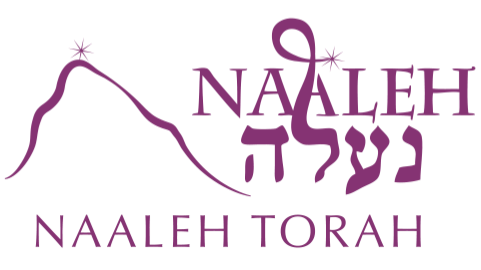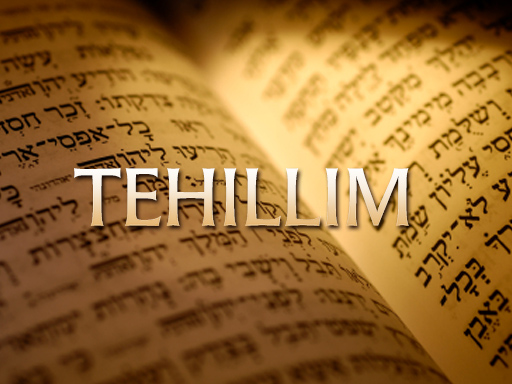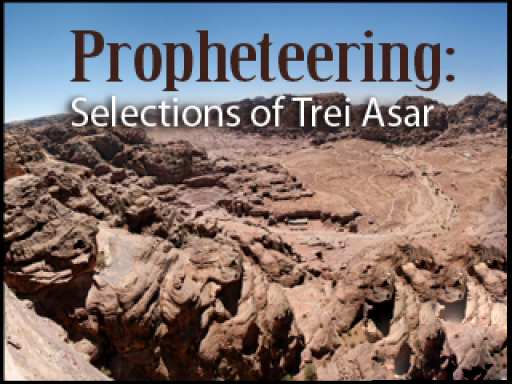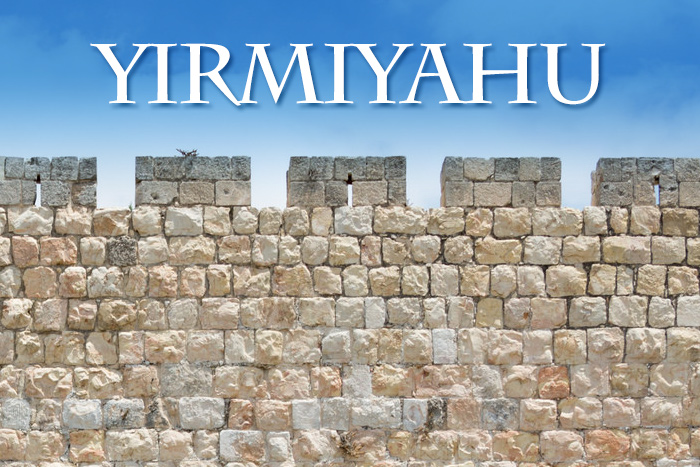Obligation for Praise
Posted onIn this Torah shiur (class) on Sefer tehillim, Rabbi Avishai David continues his explanation of Hallel, with an overview of perakim 116 and 117. In these perakim, both Jews and non-Jews are exhorted to praise Hashem, each for different reasons.




